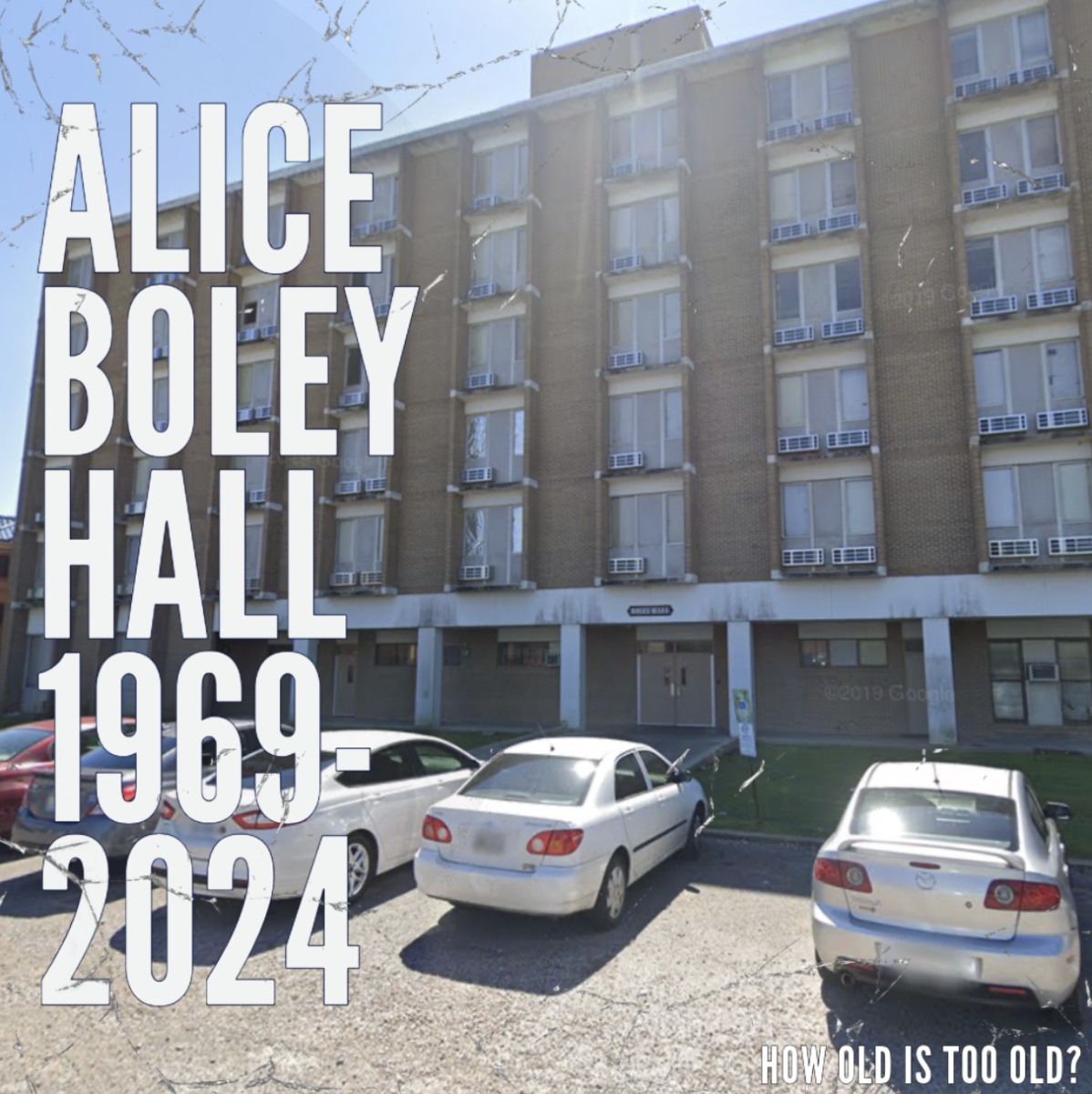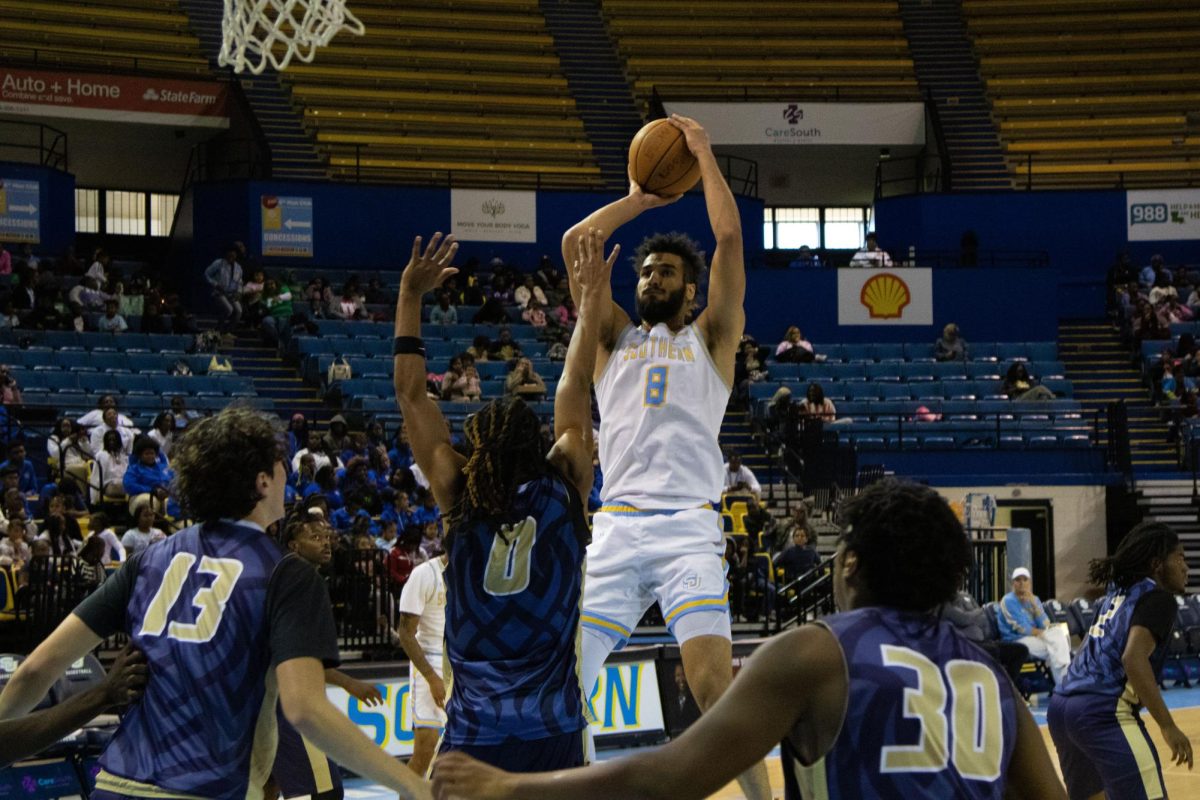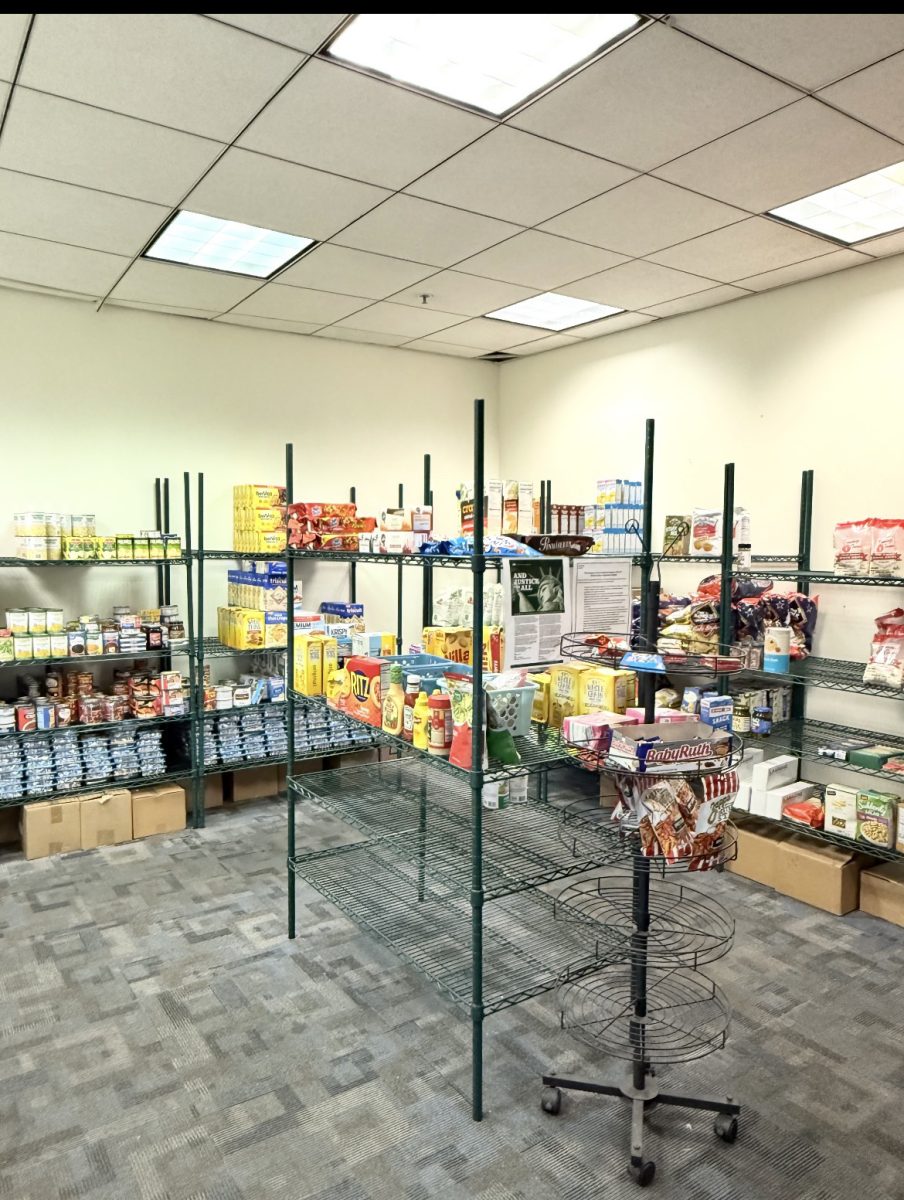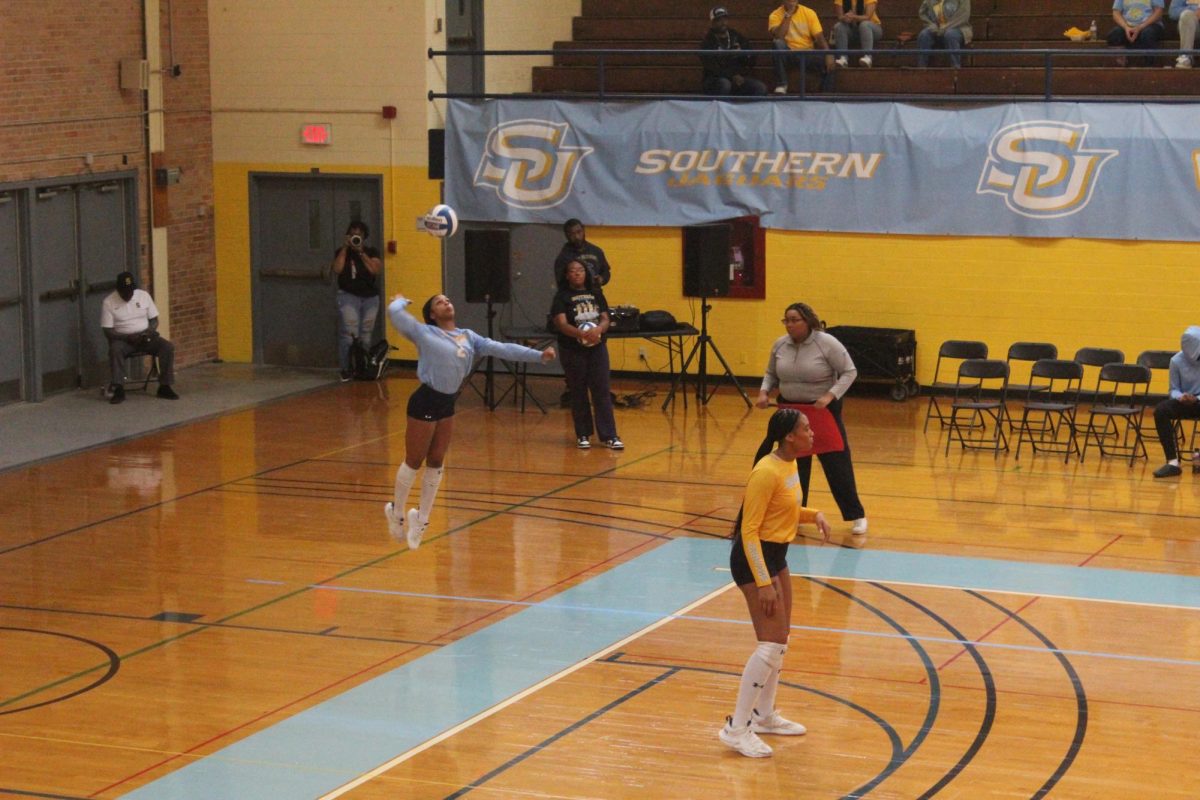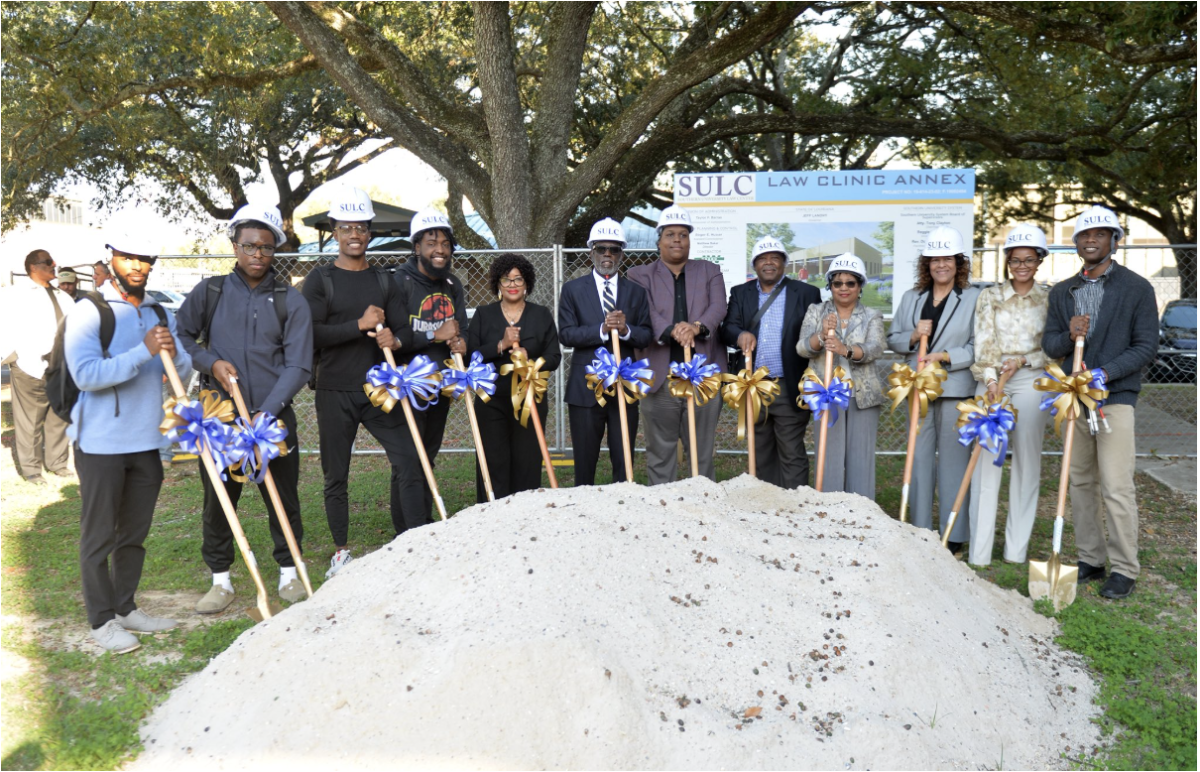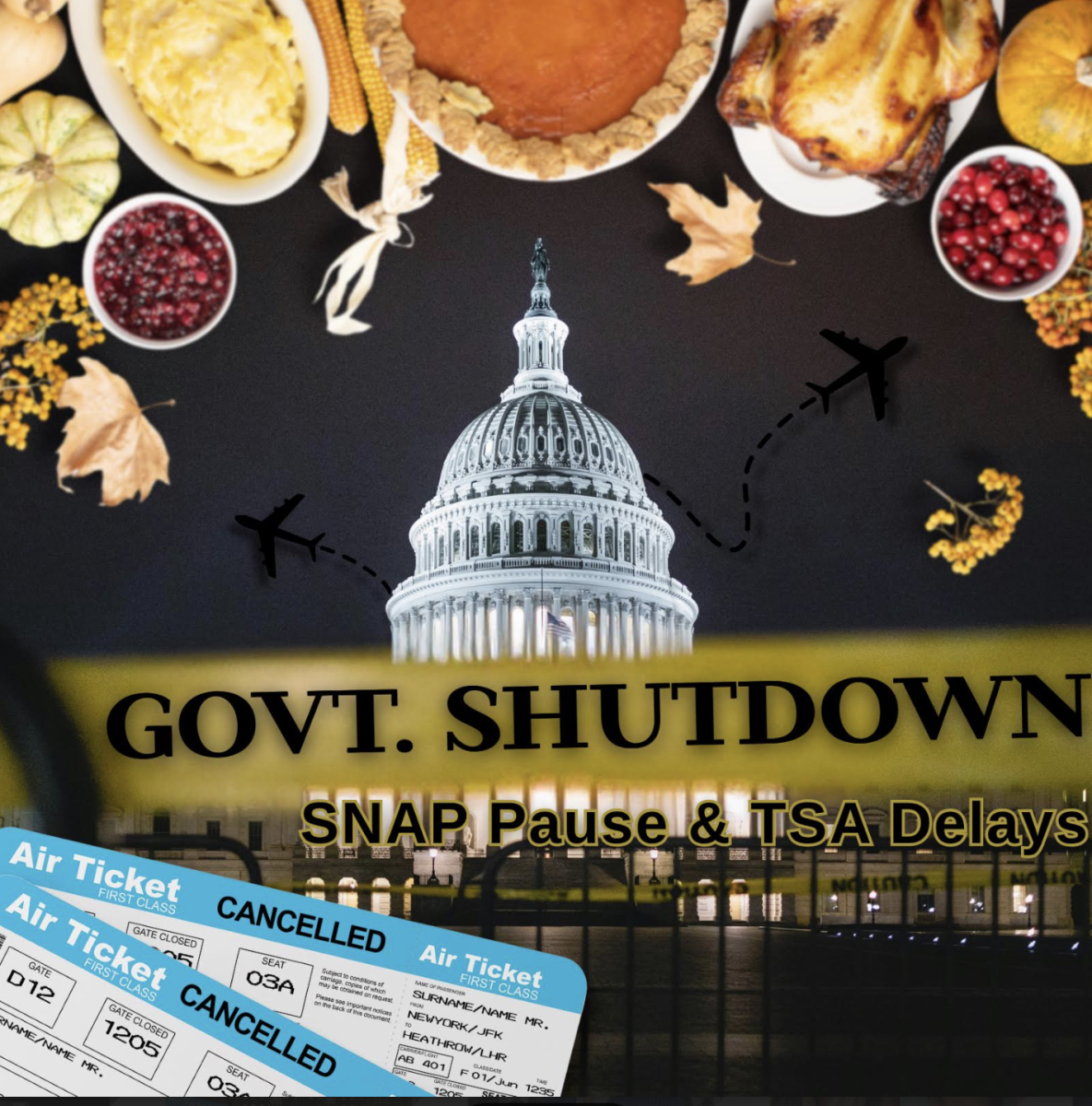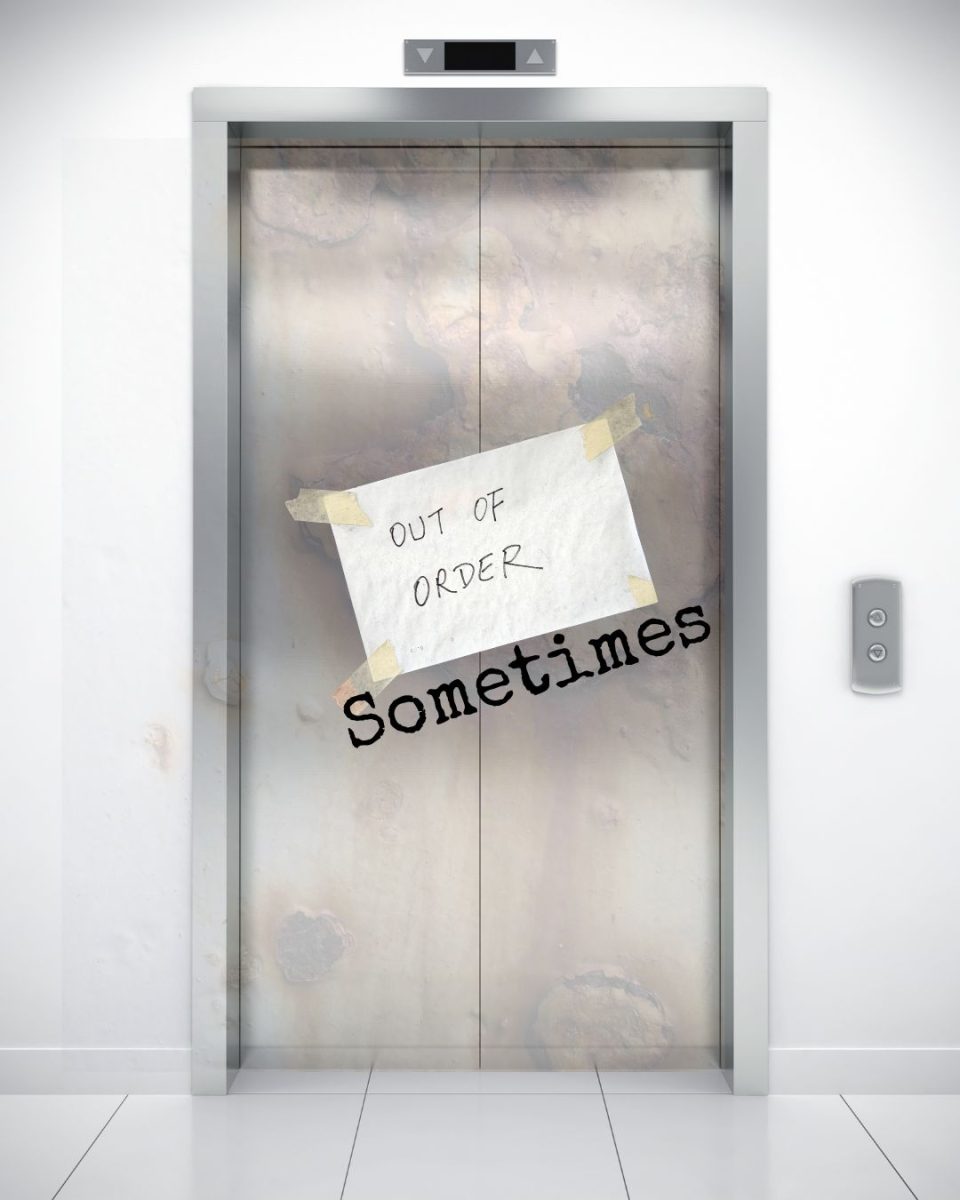Historically Black Colleges and Universities, have played quite the pivotal role in providing education and many opportunities to those of African American descent. However, the aging of most Dormitories, such as Boley Hall, located in the back of Southern University’s’ campus, has raised quite a concern, as safety hazards in this facility pose a risk to students. The issue encompasses various aspects such as outdated electrical systems, inadequate fire safety measures, and structural deficiencies.
As we focus on Boley Hall, named after the late Amira C. Boley, who served as a staple for Southern University as a Principal of the Southern University Laboratory School, it seems as if the aging systems aren’t equipped to handle the continuously increasing demand for electronics. Jenna Bernard, a Junior majoring in Mass Communications and current Boley resident expressed, “My bathroom outlets are some-timing, as well as unpredictable. The lighting in the bathrooms is so dim, and the spaces in between the small tiles on the floor are filled with gunk.”
Also, fire safety is more than a significant concern in the older HBCU dorm, Boley. The administration of housing saw it fit to seal all windows closed. This is a high concern because, during a fire, there will be only one way out, which is the door used to enter and exit. Dorms such as Camille S. Shade Hall and Samuella V. Totty Hall have rooms where there are doors from each room connecting to one shared bathroom, creating another escape route, as far as fires go.
Not to mention, structural deficiencies also contribute to the safety hazards in some old HBCU dormitories. The wear and tear of years gone by may have compromised the integrity of the building, leading to issues such as water damage, mold growth, and weakened foundations. These structural problems not only jeopardize the physical well-being of students but also contribute to the overall deterioration of the living conditions within Boley. Past Boley resident, India Rachal states, “Boley has long since been a hazard. It started as a Covid Residency only place and soon turned to Co-Ed after the Covid cases declined. It is also the only Dorm Hall on campus that has not been refurbished.”
Addressing these safety hazards requires an effort from both educational institutions and external stakeholders. HBCUs prioritize campus safety and allocate resources for the renovation and modernization of dormitory facilities. Funding such as grants, private donations, and alumni networking can facilitate upgrades deemed necessary to enhance safety and living conditions for students.
While HBCUs have been instrumental in fostering education and community for African American students, some of their dormitories face safety hazards due to aging infrastructure. The issues range from outdated electrical systems to inadequate fire safety measures and structural deficiencies. To ensure students’ well-being, it is detrimental to invest in the renovation and modernization of Boley, creating a more safe and conducive living environment for the next generation of scholars.
Categories:
Boley’s Still Standing?
February 7, 2024
Boley’s Still Standing?
0
More to Discover
